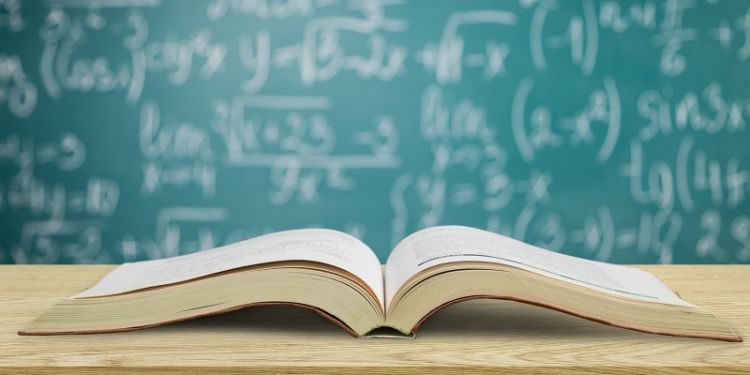Lecturer Daniel Lesnic’s new book on Inverse Problems is a valuable resource for students and researchers

Professor Lesnic’s research tackles a diverse range of industrial and environmental mathematical problems – and his new book explores science and engineering applications of inverse problems.
Professor Lesnic, from the School of Mathematics, has been actively involved in performing research on a large variety of inversely-modelled problems which have involved close and lasting contact with many scientists and engineers both nationally and internationally.
For the past 25 years he has supervised 25 PhD students, 22 MSc students and 26 BSc students undertaking a wide range of inverse problems projects.
His recent publication includes: Inverse boundary and initial value problems; Identification of sources/forces; Reconstruction of interfacial coefficients; Identification of material properties. The book will assist both undergraduate and postgraduate students who are undertaking modules such as Project in Mathematics and Inverse Problems.
The book examines thoroughly some representative classes of inverse and improperly-posed problems for partial differential equations governing a wide range of physical phenomena.
Professor Lesnic said “The book examines thoroughly some representative classes of inverse and improperly-posed problems for partial differential equations governing a wide range of physical phenomena.
The natural practical applications arise in heat transfer, electrostatics, porous media, fluids and acoustics. Intended readers of the book include postgraduate students and post-doctoral fellows from qualitatively-oriented fields of mathematical sciences and engineering, as well as scientists and researchers from academic and industrial settings, where inverse problems naturally occur.”
ISBN: 978-0-367-00198-8 (hardback), ISBN: 978-1-032-12538-1 (paper back), ISBN: 978-0-429-40062-9 (e-back). DOI: 10.201/9780429400629.




